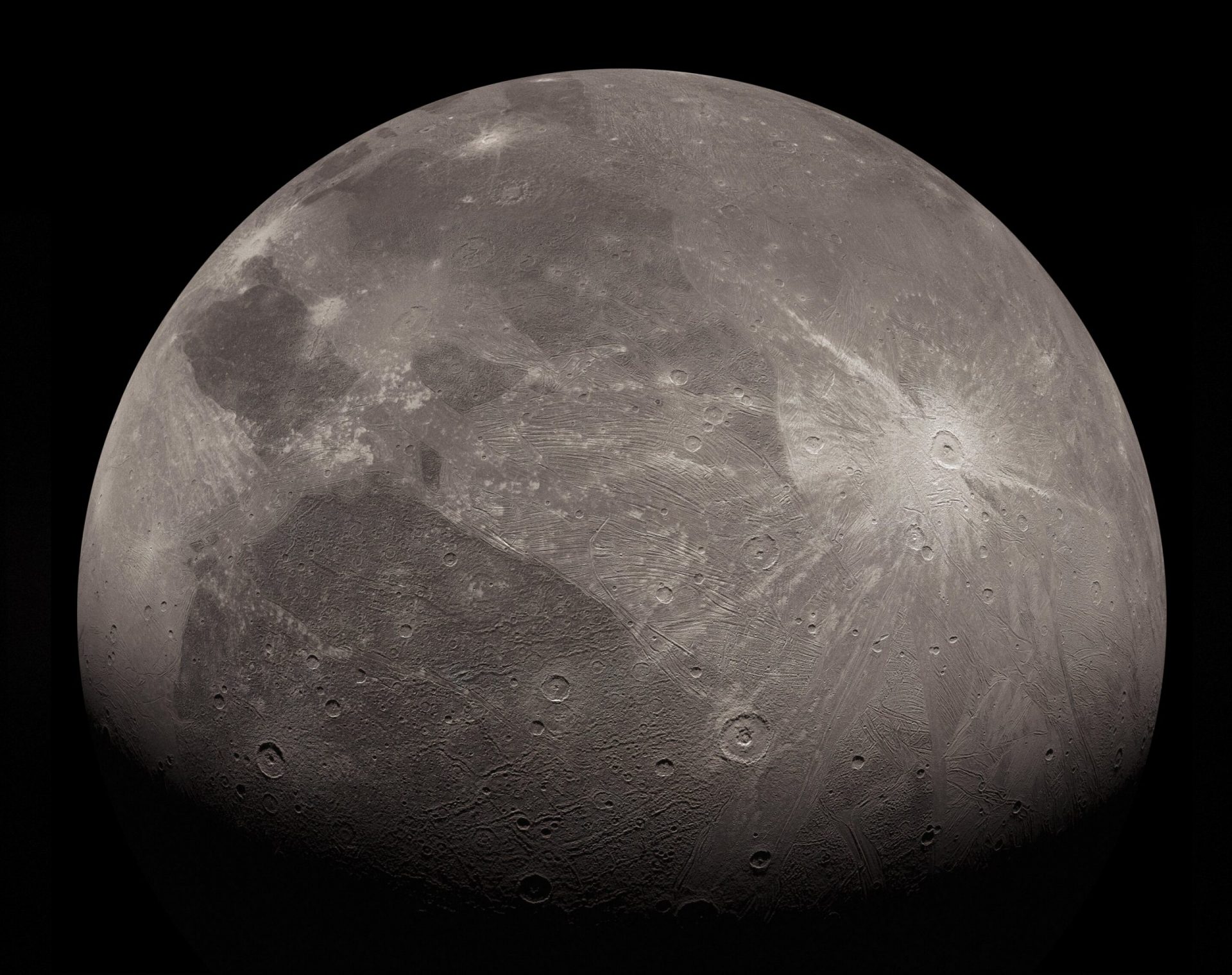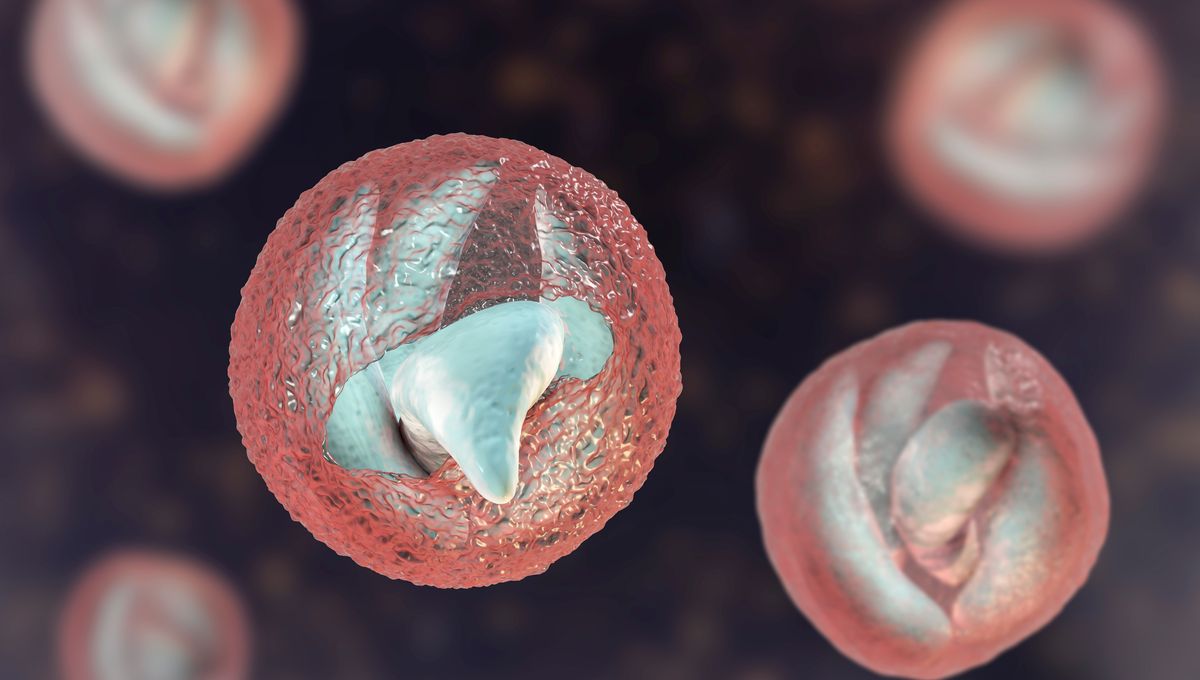NASA’s Juno mission has made an exciting discovery on Jupiter’s largest moon, Ganymede. The data collected by the mission suggests that a briny past may be bubbling to the surface. The Jovian InfraRed Auroral Mapper (JIRAM) spectrometer aboard the spacecraft captured mineral salts and organic compounds during a close flyby of the icy moon. These findings, published in the journal Nature Astronomy, could provide valuable insights into Ganymede’s origin and the composition of its deep ocean.
Ganymede, larger than the planet Mercury, has always fascinated scientists due to its hidden internal ocean of water beneath its icy crust. Previous observations by NASA’s Galileo spacecraft, Hubble Space Telescope, and the European Southern Observatory’s Very Large Telescope hinted at the presence of salts and organics, but lacked the necessary spatial resolution for a definitive conclusion.
On June 7, 2021, Juno flew over Ganymede at a minimum altitude of 650 miles (1,046 kilometers). The JIRAM instrument captured infrared images and spectra of the moon’s surface, revealing the chemical fingerprints of materials. Designed by the Italian Space Agency, JIRAM was originally intended to study Jupiter’s weather layer, but it has also provided valuable insights into the terrain of other Galilean moons like Io, Europa, Ganymede, and Callisto.
The JIRAM data obtained during the flyby achieved an unprecedented spatial resolution for infrared spectroscopy, allowing scientists to detect and analyze the unique spectral features of non-water-ice materials. These include hydrated sodium chloride, ammonium chloride, sodium bicarbonate, and possibly aliphatic aldehydes. Federico Tosi, a Juno co-investigator, suggests that the presence of ammoniated salts indicates Ganymede may have accumulated materials cold enough to condense ammonia during its formation, while the carbonate salts could be remnants of carbon dioxide-rich ices.
Further exploration of Ganymede’s magnetic field revealed that the moon’s equatorial region, up to a latitude of about 40 degrees, is shielded from the harmful effects of Jupiter’s magnetic field. During the June 2021 flyby, JIRAM observed the greatest abundance of salts and organics in the dark and bright terrains at latitudes protected by the magnetic field. This suggests that the remnants of a deep ocean brine have reached the surface of this frozen world.
Juno’s mission doesn’t stop at Ganymede. The spacecraft has also observed Europa, another moon believed to have an ocean beneath its icy crust, and is now focusing on Io. The next close approach to Io is scheduled for Dec. 30, where Juno will come within 932 miles (1,500 kilometers) of the moon’s surface. The exploration of these Jovian worlds continues to provide valuable insights into the mysteries of our solar system.








